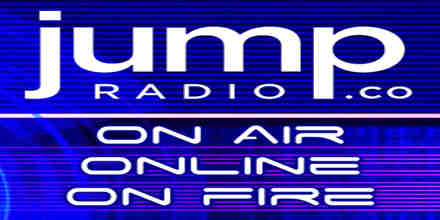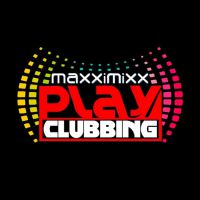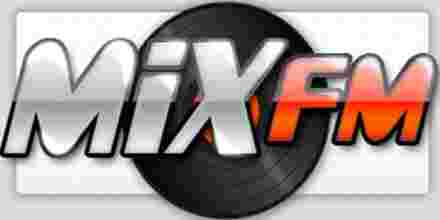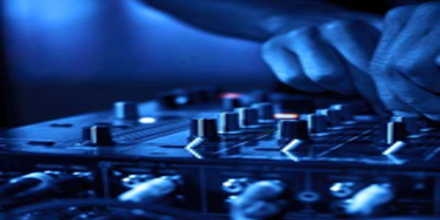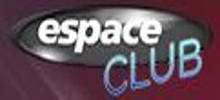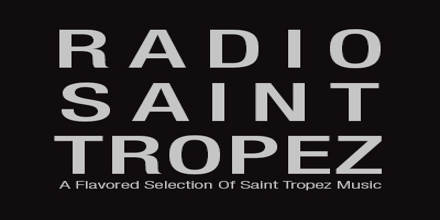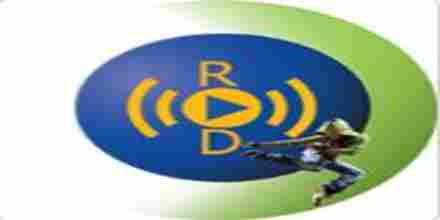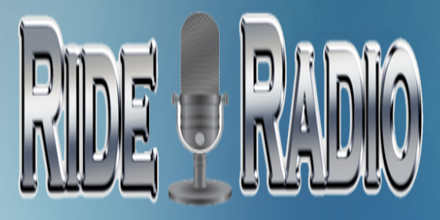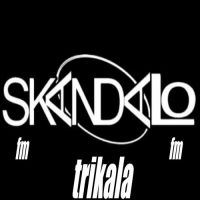Club music is a broad and dynamic genre that has evolved significantly since its inception in the late 1970s and early 1980s. Originating from the disco scene, club music has grown to encompass a wide array of sub-genres, each with its unique characteristics and cultural significance. At its core, club music is designed to be played in nightclubs, raves, and other dance-oriented environments, where the primary goal is to create an immersive and energetic atmosphere that keeps dancers on the floor.
One of the defining features of club music is its use of repetitive beats and rhythms. These beats are typically set at a tempo ranging from 120 to 130 beats per minute (BPM), although this can vary depending on the sub-genre. The repetitive nature of the beats helps to create a trance-like state in listeners, making it easier for them to lose themselves in the music and dance for extended periods. This is often achieved through the use of drum machines and synthesizers, which allow producers to craft precise and consistent rhythms.
Another key element of club music is its emphasis on basslines. Deep, pulsating basslines are a staple of many club tracks, providing a sense of depth and intensity that can be felt as much as heard. These basslines often work in tandem with the kick drum, creating a powerful low-end that drives the track forward. The use of bass in club music is not just about creating a catchy melody; it's about creating a physical experience that resonates with the body.
Club music also places a strong emphasis on vocal samples and hooks. These elements are often used to add a human touch to the otherwise mechanical-sounding tracks. Vocal samples can range from short, repetitive phrases to full-blown choruses, and they serve to make the music more accessible and memorable. Hooks, meanwhile, are catchy melodies or riffs that stick in the listener's head, making them more likely to keep dancing.
One of the most significant sub-genres of club music is house music. Originating in Chicago in the early 1980s, house music is characterized by its four-on-the-floor beat, which means the kick drum hits on every beat of the measure. House tracks often feature a blend of electronic and acoustic elements, with synthesizers and drum machines working alongside live instruments like piano and guitar. The tempo of house music typically ranges from 120 to 130 BPM, making it perfect for dancing.
Another important sub-genre is techno, which emerged in Detroit around the same time as house. Techno is known for its more mechanical and industrial sound, with a greater emphasis on synthesizers and drum machines. The tempo of techno tracks can vary widely, but they often fall within the 120 to 135 BPM range. Techno music is characterized by its use of repetitive loops and patterns, which can create a hypnotic effect.
Trance is another popular sub-genre of club music, known for its fast tempo and soaring melodies. Trance tracks typically fall within the 125 to 150 BPM range and often feature arpeggiated synthesizers and ethereal vocals. The goal of trance music is to create a sense of euphoria and transcendence in listeners, transporting them to another state of consciousness.
Dubstep is a more recent addition to the club music scene, emerging in London in the early 2000s. Dubstep is characterized by its slow tempo, typically around 140 BPM, and its use of heavy basslines and complex rhythms. The genre often features wobbly, distorted synth sounds and intricate drum patterns, creating a dark and intense atmosphere.
Electro house is another sub-genre that has gained popularity in recent years. Combining elements of electroclash and house music, electro house is known for its catchy melodies, robotic vocals, and energetic beats. The tempo of electro house tracks typically falls within the 125 to 130 BPM range.
In addition to these sub-genres, club music has also given rise to a number of fusion styles that blend elements from different genres. For example, moombahcore combines elements of reggaeton and trap with the fast tempo and heavy basslines of dubstep. Tropical house blends elements of Latin music with the four-on-the-floor beat and synth melodies of house music.
The cultural impact of club music cannot be overstated. It has played a significant role in shaping modern dance culture, influencing everything from fashion to art to social norms. Club music has also been a powerful force for social change, providing a space for marginalized communities to express themselves and connect with others. For many people, club music is more than just a genre; it's a way of life.
In recent years, the rise of digital technology has had a profound impact on club music.
 829
France Club 192 kbps MP3
829
France Club 192 kbps MP3 799
Bosnia and Herzegovina Club 47 kbps AAC (LC)
799
Bosnia and Herzegovina Club 47 kbps AAC (LC)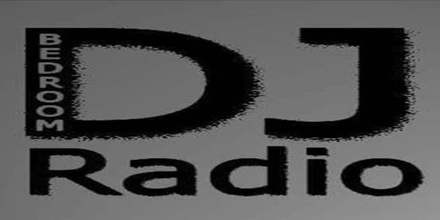 United Kingdom Club
United Kingdom Club





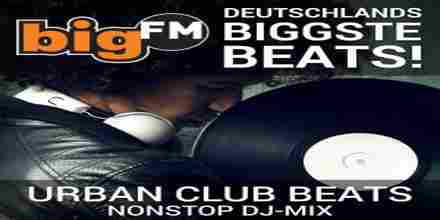


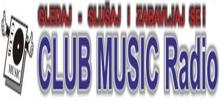
 1
1




